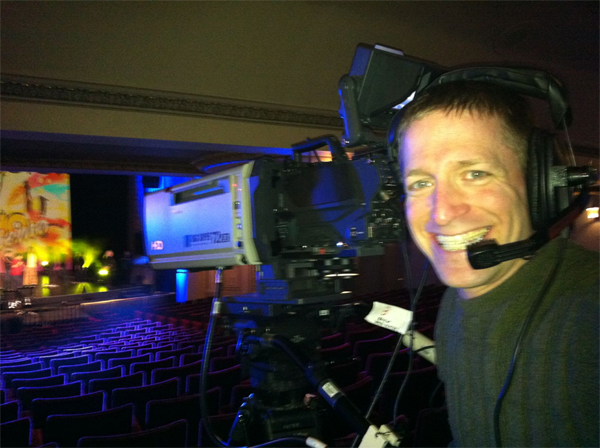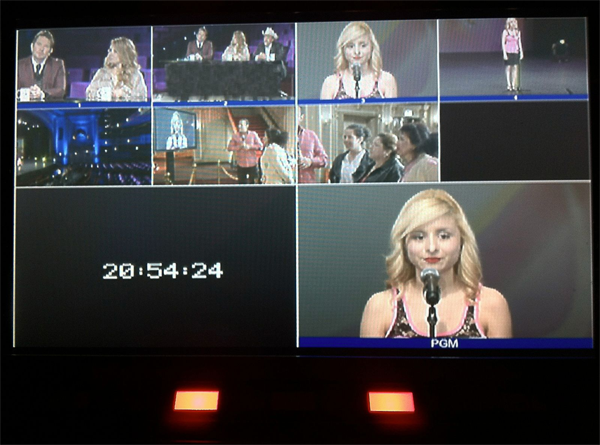Streamline Your Production Pipeline
Want to produce great shows on-time and on-budget? Re-evaluate your production pipeline to break up time-consuming tasks.
What does it take to make a great TV show? 4K images? The latest in large-sensor cameras? The coolest new audio recorders? How about the latest all-in-one multi-camera studio? Actually, it's none of these. The best asset you can have to make a great show is good planning.
By good planning, I mean the ability to look at the entire production process, see where the most time will be spent, and find ways to break things apart so that time is spent producing, not waiting. Make it so that multiple stages of the production are going on at the same time.
I have a good example of bad planning from a shoot I worked on last month. I was called in as a local camera op. I also referred a few other local crew members to the shoot. The shoot was for an American Idol-type musical competition show. In this show, local contestants of all sorts come before three judges to perform, and possibly get a ticket to go to the next round.
Three judges had a platform in a nice old theater. A full HD production truck was pulled up behind the theater and seven studio cameras recorded what happened inside the theater. There was also an entire second unit with handheld camcorders (Sony EX1s and EX3s) that ran around shooting behind-the-scenes footage.
Hurry Up and Wait
Call time was 10 am, which I thought was late, because I see Idol shows where they are processing applicants quite near sunrise. I arrived, checked in, and was assigned a camera. I then proceeded to wait several hours before the judges showed up and were ready to go.
Meanwhile, contestants were processed and then sequestered to a different part of the theater to wait. Eventually, we got under way and we started capturing the performances. I had the long shot down the center of the auditorium for the close up of the contestant facing the judges.

Camera 3 is ready to go!
Seeing the Problems in the Production
In my camera, however, I was able to see two other feeds from the truck. I could see the Master Program out of the mixer, and I could also see the multi-feed output of the mixer showing all the sources. This was actually quite interesting to watch, because I could see the view from all seven cameras, and this was where I started to see the problems in this production.
The contestants would be interviewed outside the theater by two other hosts. These were switched live as camera 6 and 7. Then their entrance into the theater would be picked up by cameras 1 or 2, then I'd pick them up as they got on stage 3, while Cameras 1 and 2 reset to the judges.
Camera 4 was a side shot to show costumes or musical instruments like guitars, etc. Camera 5 was a crane shot that would swing from behind the performer to way out in the hall behind the judges.

Then, after the person would perform, and they may or may not get a ticket to continue in the contest, they went back out to Cameras 6 and 7 to be greeted by their family and friends, and have a post-performance interview for several more minutes.
This was the crux of the problem. One director was overseeing all three different stages in the production. A single performer tied up all three parts because there was no way for one director to call shots on multiple concurrent events.
The crew outside the theater hall stood around and did nothing during the performance and the judging. The crew inside the theater hall did nothing during the before and after interviews. Either way, half the crew was doing nothing.
This continued all afternoon and by the time we got the call for a late dinner, I found out that we hadn't even made it all the way through HALF the contestants. I grabbed extra food because I knew it was going to be a long night.